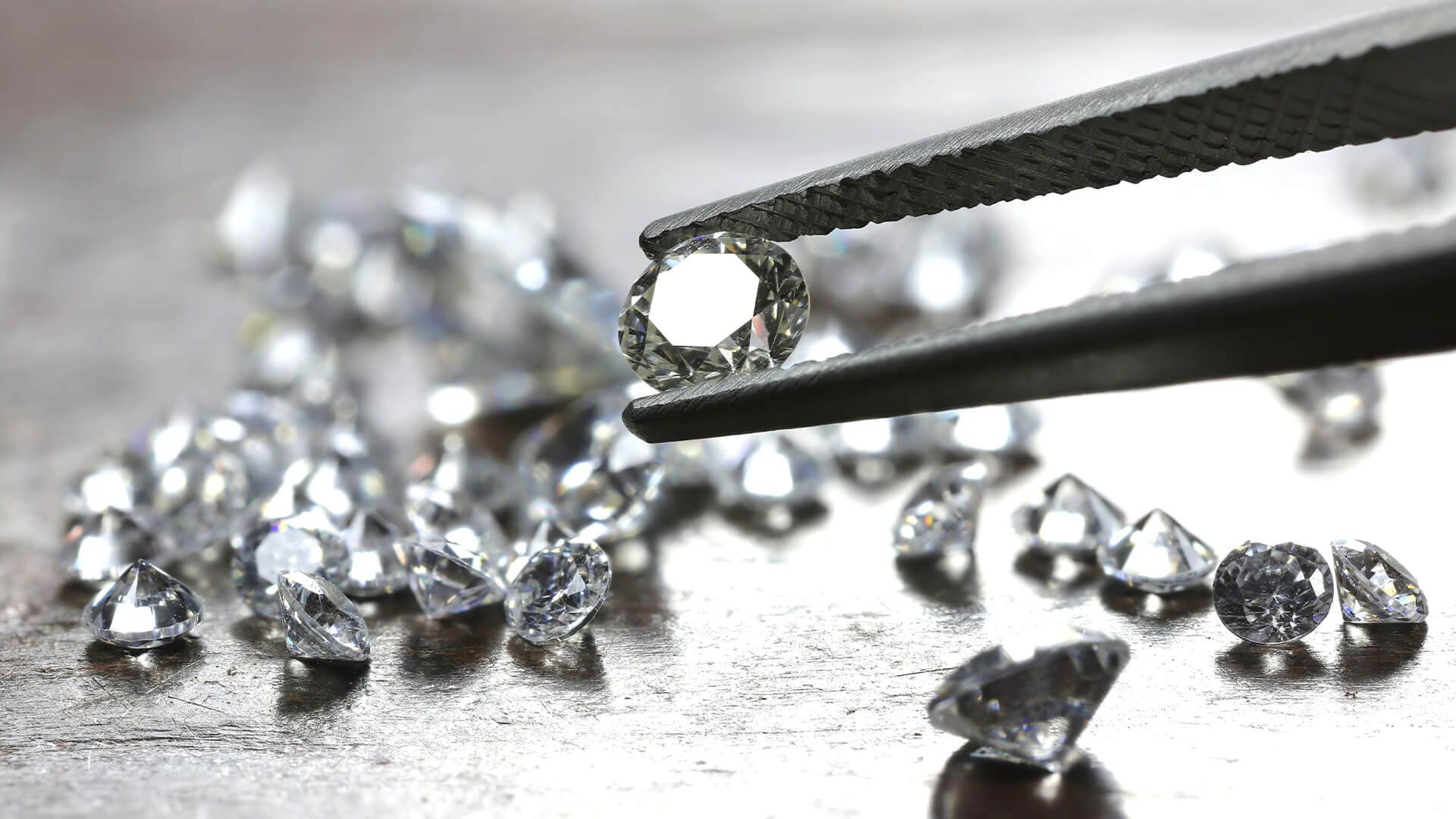
When you’re shopping for diamond jewelry, you want to get something that’s worth the price tag. It can feel intimidating for some people who haven’t studied diamonds or know how the industry operates. One crucial factor you should learn about is clarity.
A diamond’s clarity concerns more than how easily you can see through it when it’s placed under a microscope or in your hand. A quality jeweler pays attention to the clarity to price the diamond correctly and ensure customers get jewelry that will stand the test of time.
When you understand clarity and a diamond’s value, you’ll have a better idea of what to look for and how to talk to the jewelers you visit. It will all help you invest in gemstones that are worth your time and money.
What Does Clarity Mean?
Some people may imagine that clarity relates to if you can see through the diamond. The exact definition covers much more ground. Clarity is determined when a gemologist assesses the diamond’s surface for imperfections or blemishes.
Inspectors also look for internal damage and label it if it exists. Also known as inclusions, they are what cause the diamond to receive a specific clarity grade. The higher the category, the higher the price tag.
It’s important to note that no authentic diamond will be without some level of inclusions. They’re a natural part of the pressurized process that creates these gems.
What Are Clarity Grades?
Jewelers compare a diamond to the clarity scale created by the Gemological Institute of America (GIA) to determine the final price. This scale considers important physical factors such as inclusions and blemishes, as well as things like:
- Type of internal characteristic
- Number
- Size
- Relief
- Position
The best clarity grade a diamond can receive is Flawless (FL). That would mean the diamond has no visible blemishes or inclusions when viewed at 10 times magnification. The worst grade is an I3, which indicates that the diamond has inclusions a gemologist can see without any magnification assistance.
Why Clarity Impacts Value
No one wants to pay top dollar for a damaged product. It’s true of someone buying the latest electronic device and someone wanting a high-quality diamond. If you tried on a ring or necklace and saw visible cavities on the gemstone’s surface, you would want a discount for a defective product.
That’s why clarity is crucial when it comes to determining a diamond’s value. Even though people have used diamonds in engagement rings since the 1400s, they won’t settle for the first gemstone band they find.
Diamonds that work their way up the clarity scale increase in value. Smoothing over these inclusions and blemishes isn’t always possible since most jewelers prize the natural characteristics in a non engineered diamonds.
Talk With Your Jeweler
Any reputable jeweler will be open to discussing any clarity concerns you might have. They could provide a magnifier for your use and explain why it received the grade and price that it did. Now that you understand more about diamond clarity, you can confidently purchase jewelry and address any questions with a professional.




















